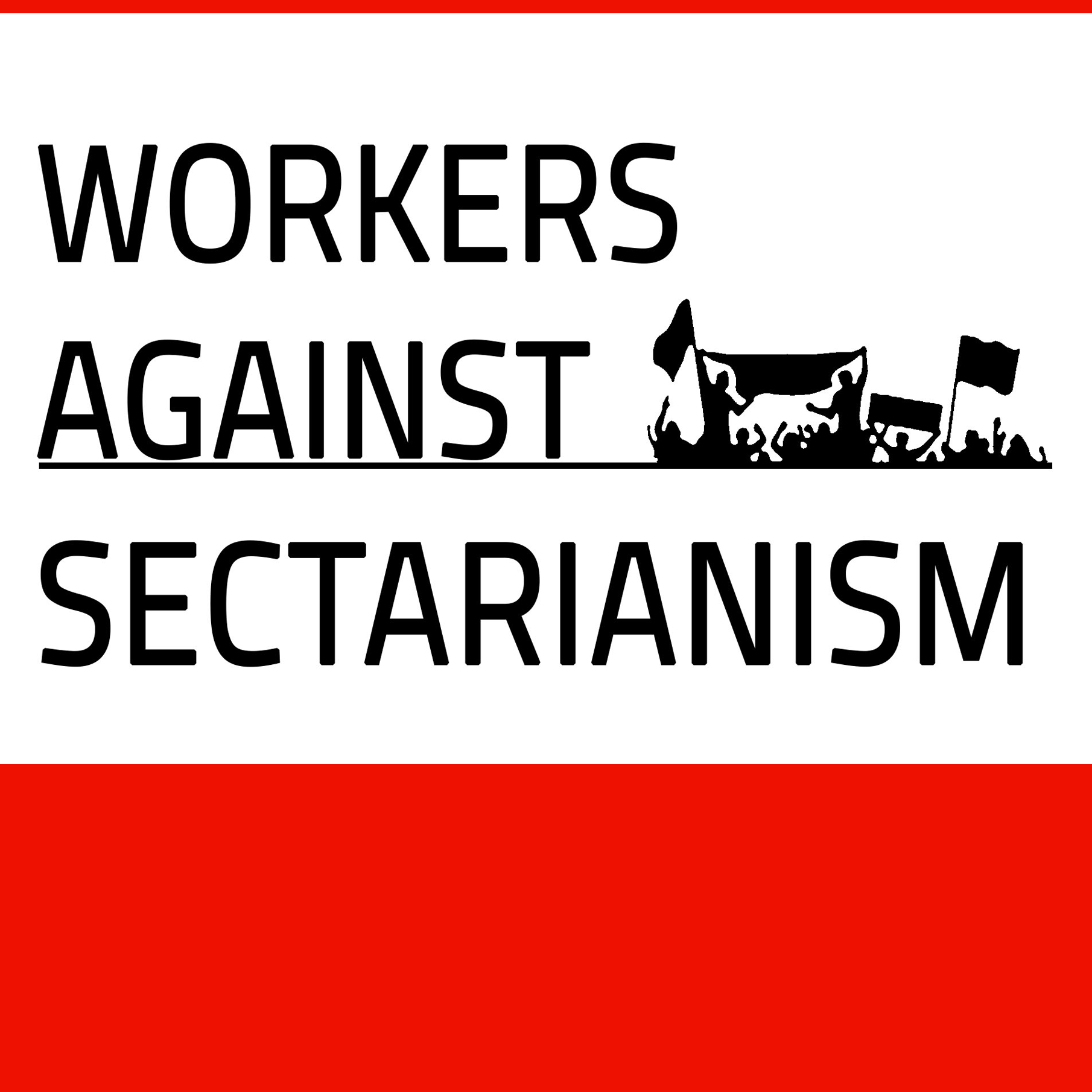In today’s Iraq, there are plenty of Saddams and plenty of Ba’athist-like parties that enjoy an agreed balance of power.
By Zeidon Alkinani
On October 1, 2019, Baghdad witnessed the rise of young protesters and unemployed graduates calling against the governmental shortcomings in the sectors of education, healthcare, social services and employability.
The protests targeted a government that has been controlled by the same political elite since the early stages of the US-led invasion between 2003-05. Different cabinets, political parliamentary coalitions and parties may have occurred, yet the interests groups and their agendas never distorted.
Iraq, one of the most corrupt countries in the world, carries with it the following figures: youth unemployment at 25%, around 2 million orphans, around 1.5 million internally displaced people, 96.4% of the population are without health insurance, and illiteracy rate is at 39% within the rural population.
Post-2003 Iraq always lacked a unified opposition against the ruling elite. This was due to the fact that the political ruling class is not a one-party system type of control, such as the former Ba’athist regime of Saddam Hussein. In today’s Iraq, there are plenty of Saddams and plenty of Ba’athist-like parties that enjoy an agreed balance of power, under the shadow of the so-called “democratic project”, and the ethnic-sectarian quota, which supposedly ensures the participation of all communities. This comes over the cost of having a technocrat cabinet that appoints experts to handle the ministries and departments based on their experience and profession…………….
Read more from the source: Open Democracy

 Nominating a new parliament speaker without any immediate solutions since last year, 2023.
Nominating a new parliament speaker without any immediate solutions since last year, 2023. On the memory of the genocide that the marshes were subjected to, who are the Ahwarians?
On the memory of the genocide that the marshes were subjected to, who are the Ahwarians? Muqtada al-Sadr’s militia attack the Green Zone in Baghdad
Muqtada al-Sadr’s militia attack the Green Zone in Baghdad The environmental activist Jassim al-Asadi, who seeks to protect the marshes in Iraq, has been kidnapped on 1/2/2023.wed
The environmental activist Jassim al-Asadi, who seeks to protect the marshes in Iraq, has been kidnapped on 1/2/2023.wed Working women in Iraq – the way to work is not safe
Working women in Iraq – the way to work is not safe Urgent: Total chaos inside Iraq, imposing a curfew, general closure of all government institutions, in addition to leaving most of the embassies of foreign countries in Baghdad.
Urgent: Total chaos inside Iraq, imposing a curfew, general closure of all government institutions, in addition to leaving most of the embassies of foreign countries in Baghdad.














